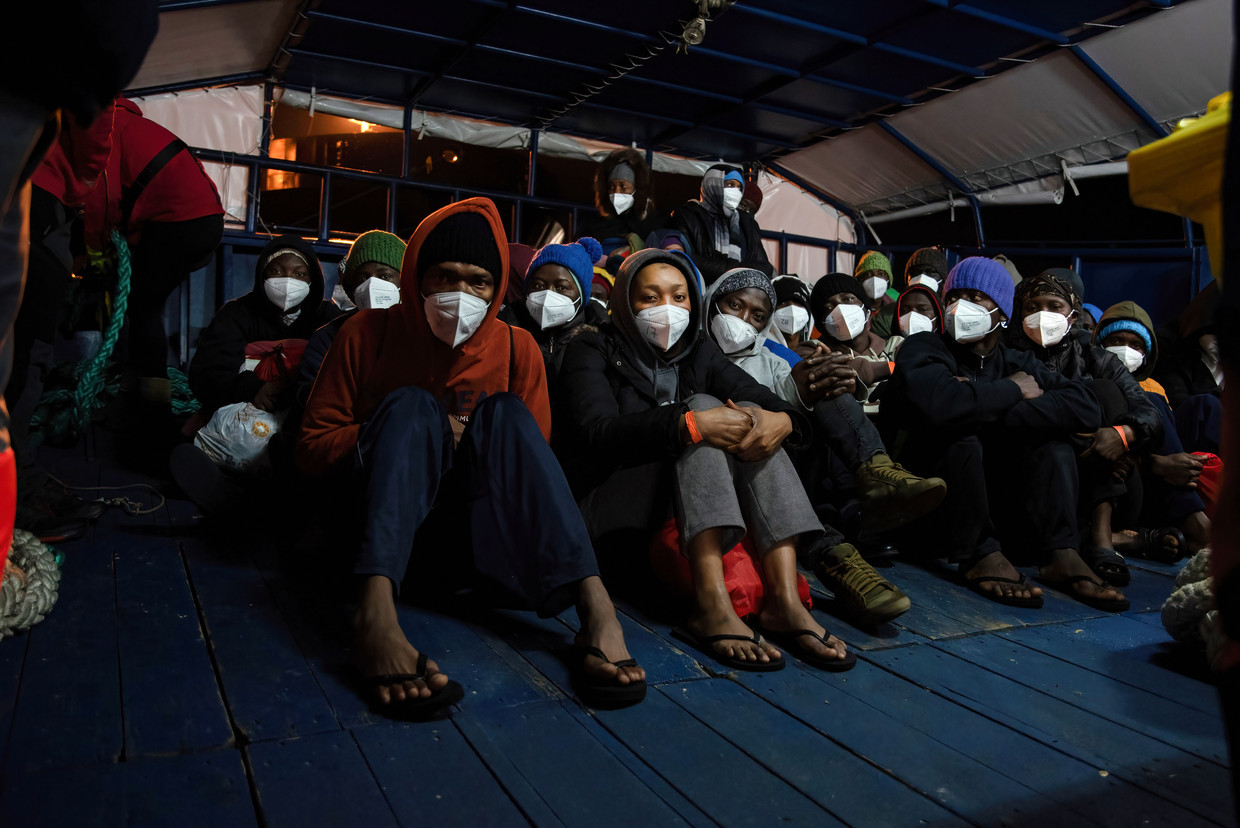
The Italian authorities are sounding the alarm: more and more refugees are crossing the Mediterranean. The number of migrants in March was already almost as high as last year in mid-summer, and almost ten times higher than in March last year. In one month, more than 13,000 refugees arrived in Italy after an often perilous journey. In 2022, these numbers were only counted in June.
In the Netherlands, NOS received a document last week which shows that the number of asylum seekers could increase even faster in the coming years than expected. The Ministry of Justice and Security predicts 67,000 to 75,000 asylum seekers in 2023. These figures are higher than last year; then less than 50,000 asylum seekers and their family members arrived. This does not include Ukrainian refugees. Last year’s registrations, combined with lengthy asylum procedures and failing accommodation for status holders, have led to a crisis situation in Ter Apel. Many of the temporary reception centers that were subsequently opened by municipalities to meet the needs will soon be closing.
Within the European Union, the Netherlands is in the middle when it comes to the number of asylum applications per capita. The Netherlands has received around 11 first asylum applications per thousand inhabitants since 2015. This is slightly more than Italy and Spain, and significantly less than, for example, Cyprus, Austria, Sweden , Greece and Germany. In 2022, the Netherlands also occupied a middle position. Asylum applications were lowest in the Czech Republic, Slovakia, Portugal and Poland. Poland hosts by far the largest number of Ukrainian refugees.

“Infuriatingly humble social media ninja. Devoted travel junkie. Student. Avid internet lover.”
 DodoFinance Breaking News Made For You!
DodoFinance Breaking News Made For You!